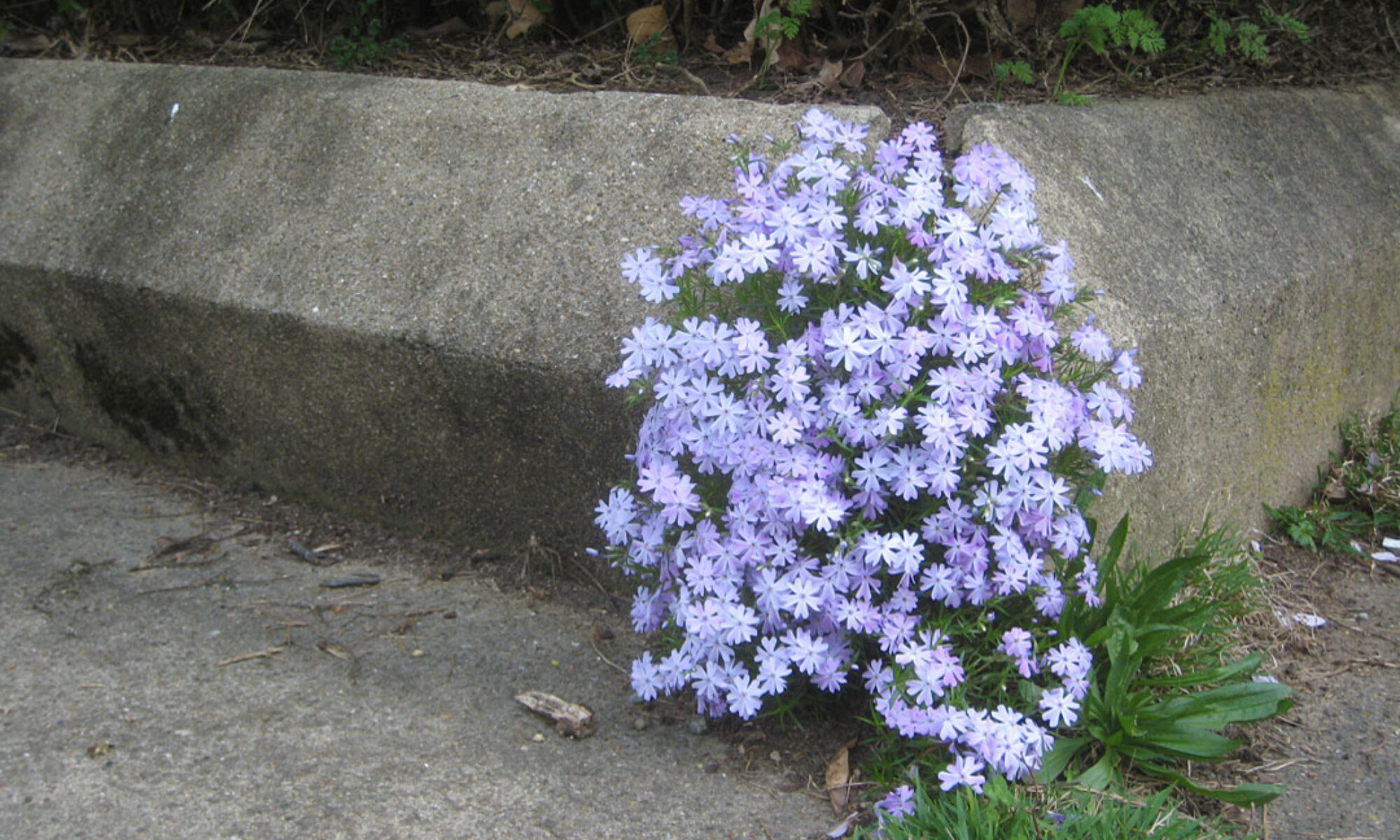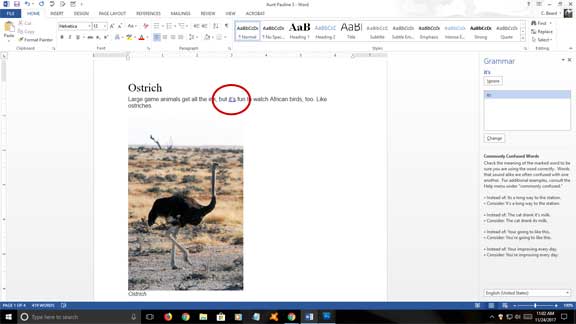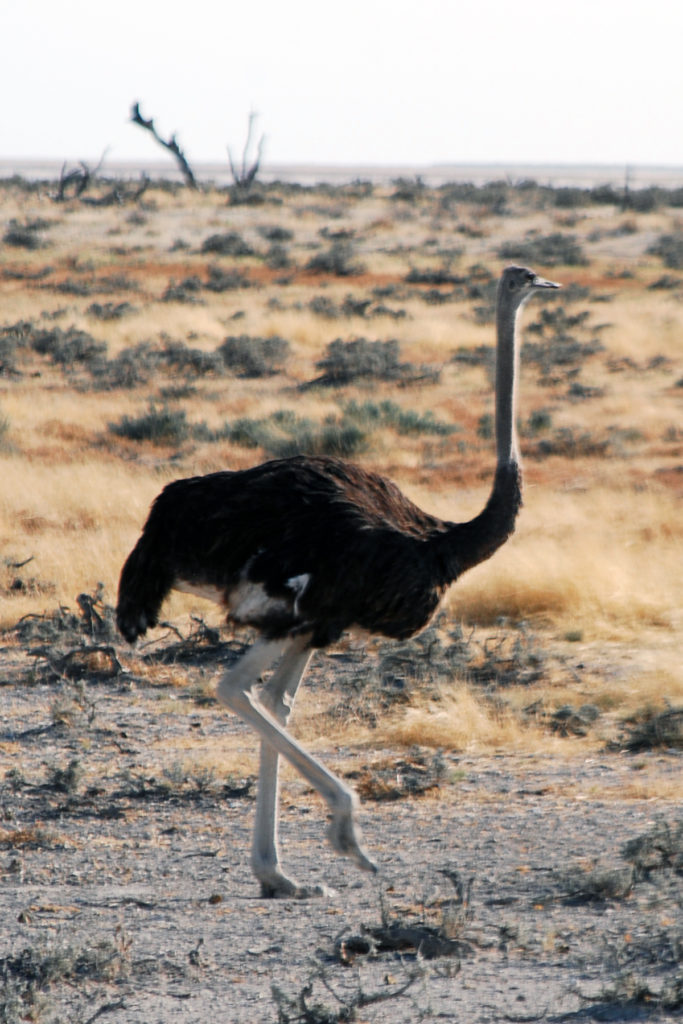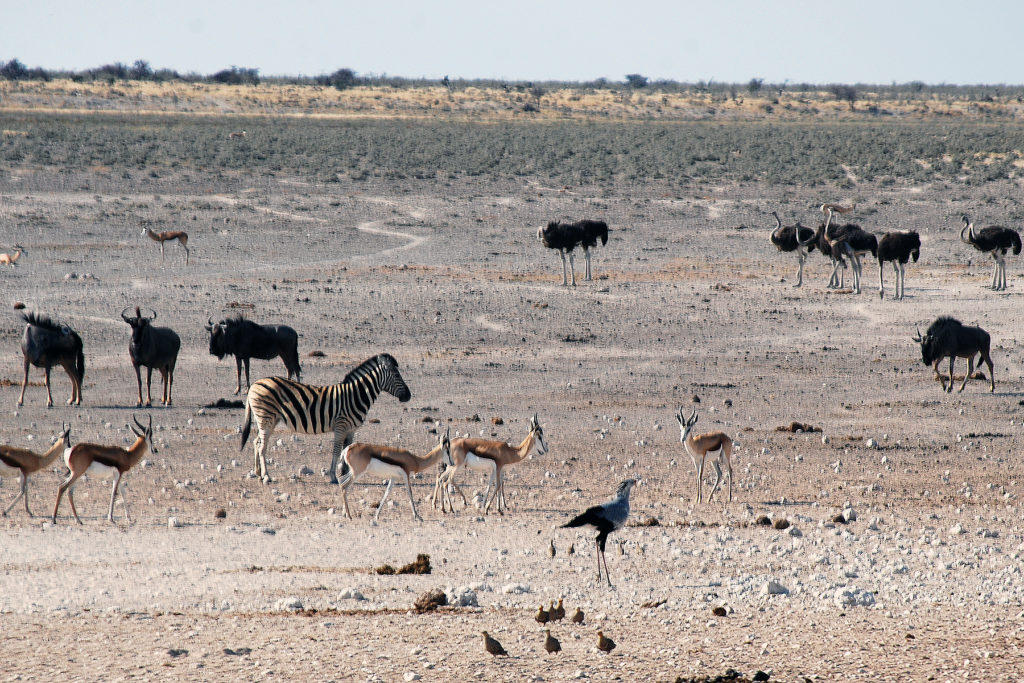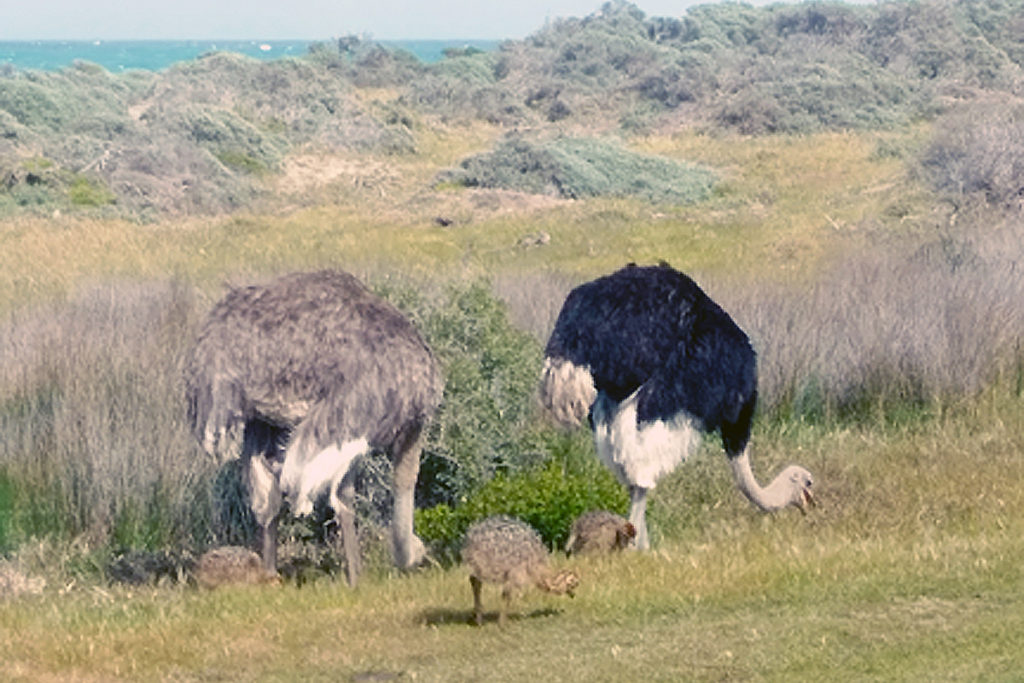Our homes reflect our needs and customs, what’s available and what we want. The same is true for animals.
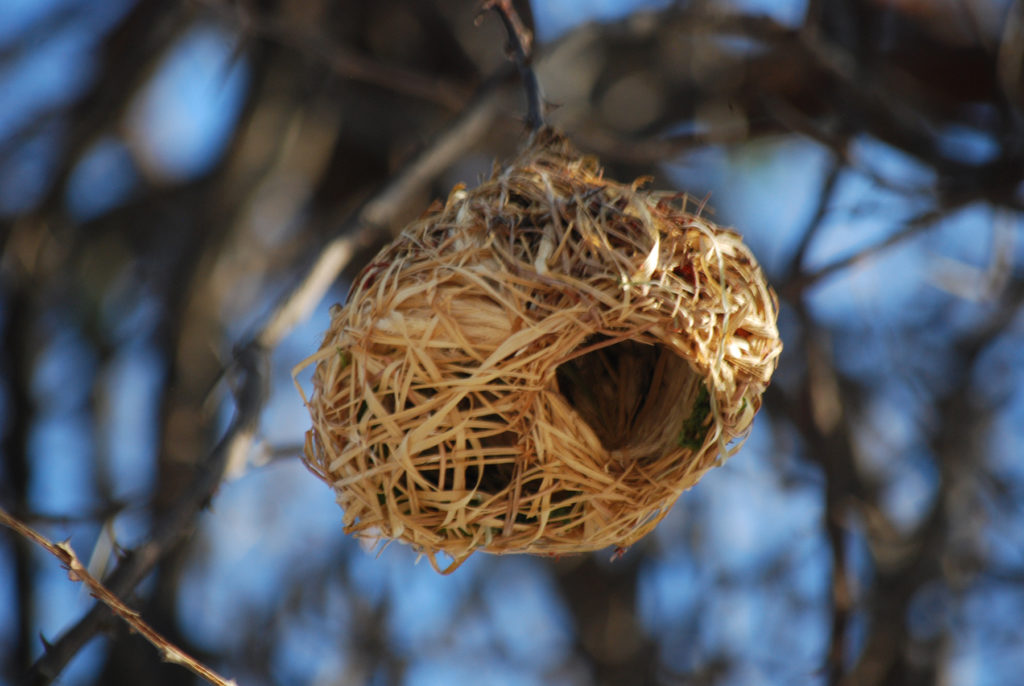
In Botswana the weaver bird builds a nest that hangs suspended from a tree limb and opens from the bottom. This protects against the sun, helps conserve heat on cold nights, and shields the young from predatory birds.
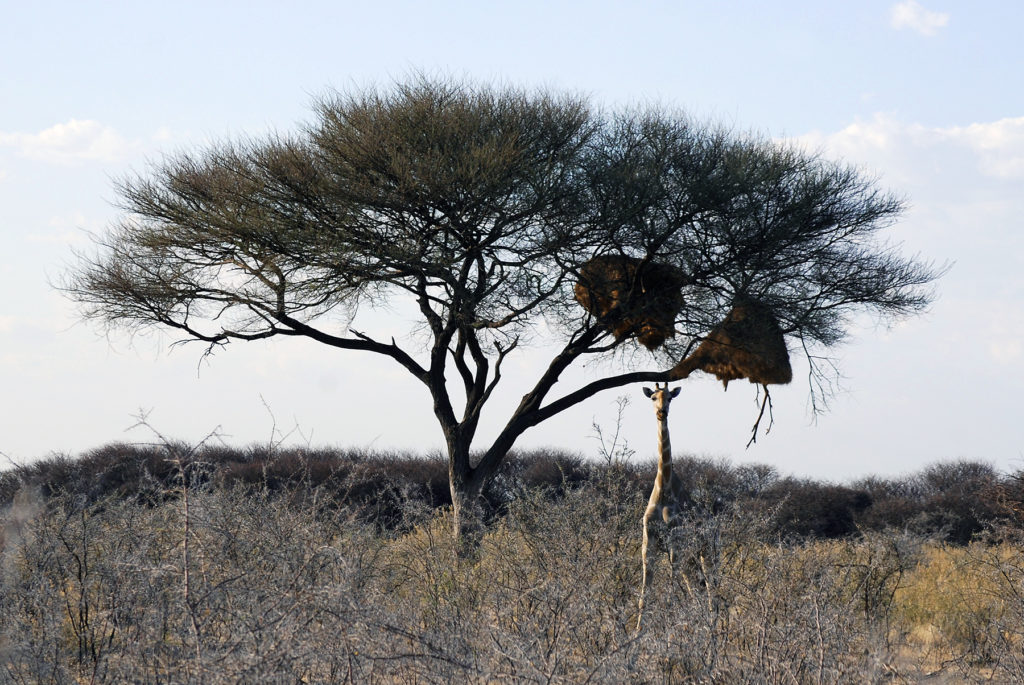
Its cousin the sociable weaver bird collaborates on a nest over generations, establishing a site that can hold as many as 100 chambers. Each chamber can hold 3 or 4 birds, which helps hold in heat on bitter winter nights. Other birds use the chambers when they’re empty. The complex nests are huge and heavy. Eventually they will break the branch, potentially killing the tree. The birds fly away and start a new site.

If a weaver bird loses its nest, it can build a new home. But if we destroy our nest, we can’t build another planet. We need to make sure this one doesn’t break under the weight of our use.
